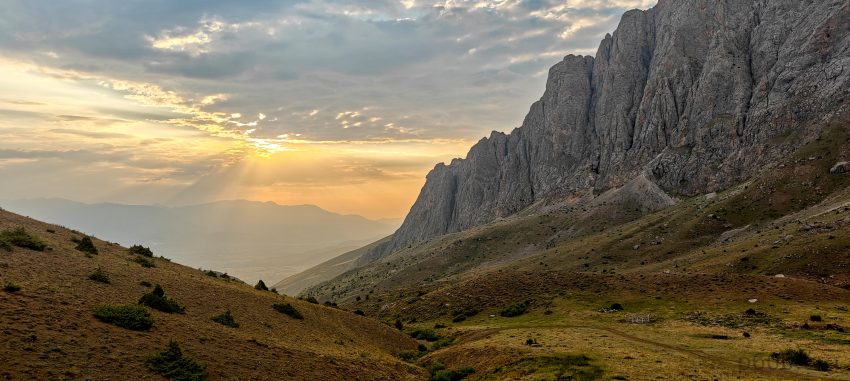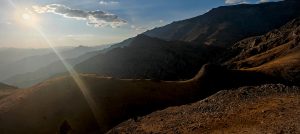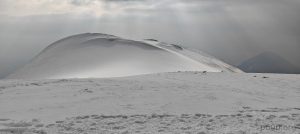Before climbing, we need acclimatization, so after a big climb, we need something opposite. We have three more days before our flight from Igdir. We mock up a plan, adding one more ultra-prominent peak to our itinerary. We drive to Erzincan, a city at the base of Akbaba Tepesi mountain. It’s a long drive, taking most of the day, and in the evening, we meet up with Rob again. While we climbed Mount Ararat, he bagged a few Ribus near Erzurum and Erzincan and Kackar Dağı, an ultra in the very northeast of the country.

The next morning, we start before sunrise due to many unknowns. We don’t know how far we can drive toward the trailhead, what kind of road it will be, or the trail conditions. We even wonder if we’ll find the trail. The only thing we know is that our overpriced local guide promised to climb with us. Later, we find out he climbed this peak for the first time from the side we proposed. Actually, we end up guiding instead of being guided. No problem at all, we love hiking unguided. Adam, still recovering from an altitude-related incident on Ararat, decides to skip the hike and wait for us at the hotel.
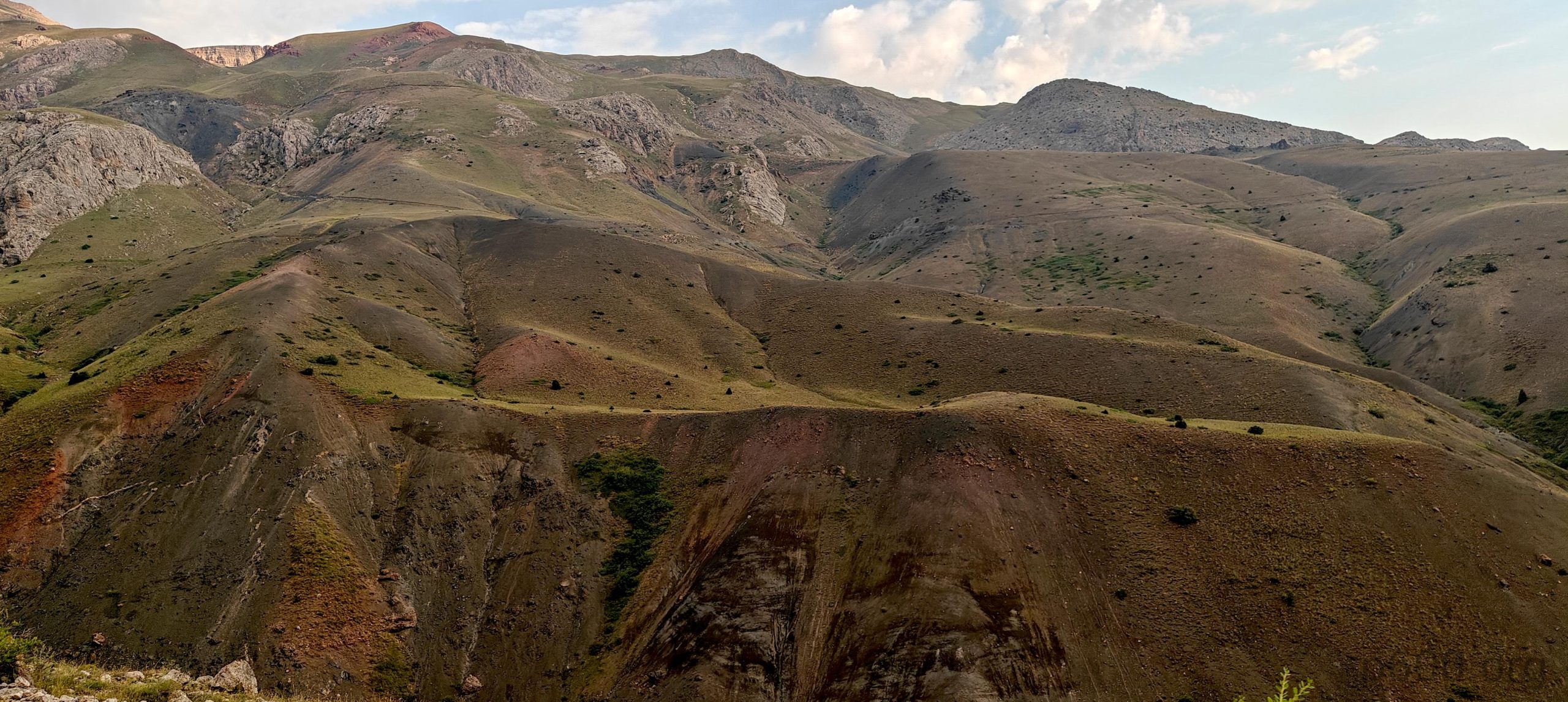
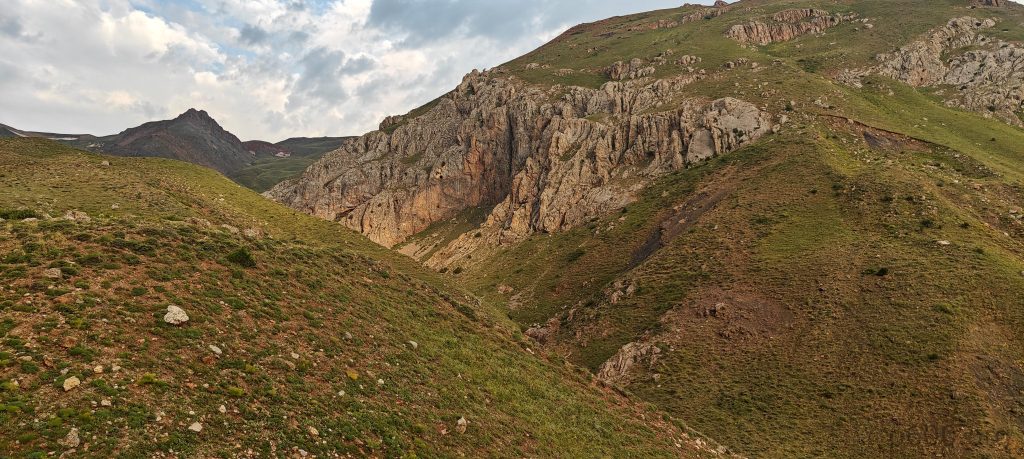



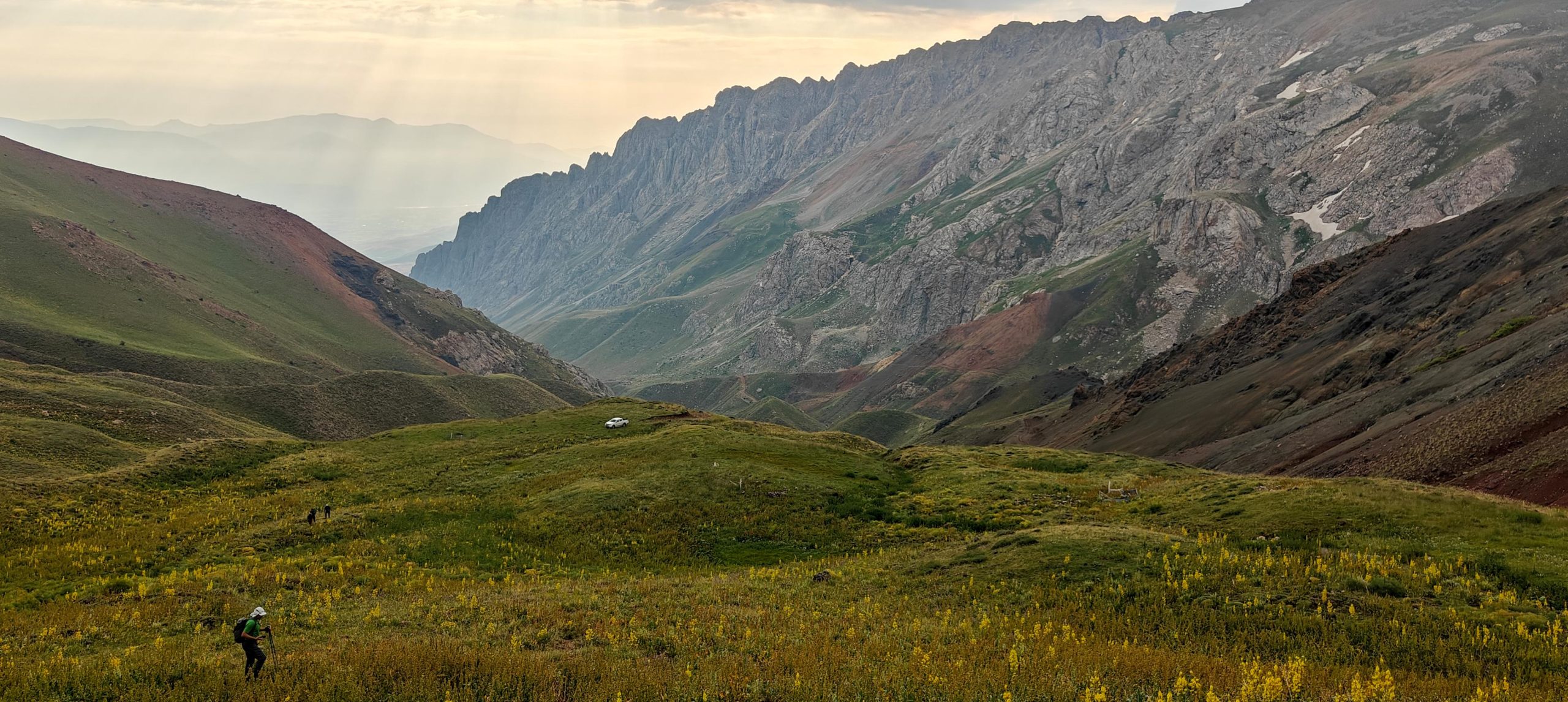
We go with two cars: a Subaru Forester and a Mitsubishi L200. Both are very capable, but I hear the Subaru scraping rocks at one of the stream crossings. The Mitsubishi has no issues due to its higher clearance.The Subaru stops approx one kilometer before the trailhead, and we all continue with the Mitsubishi. We arrive at a flattening, park, change, and soon start the hike. The first slope is steeper; later, we walk on a bumpy plateau, but this segment is very gradual. We move quite fast, stopping for water only at the base before the steep scree section. Local guides and drivers follow us a few hundred meters behind.



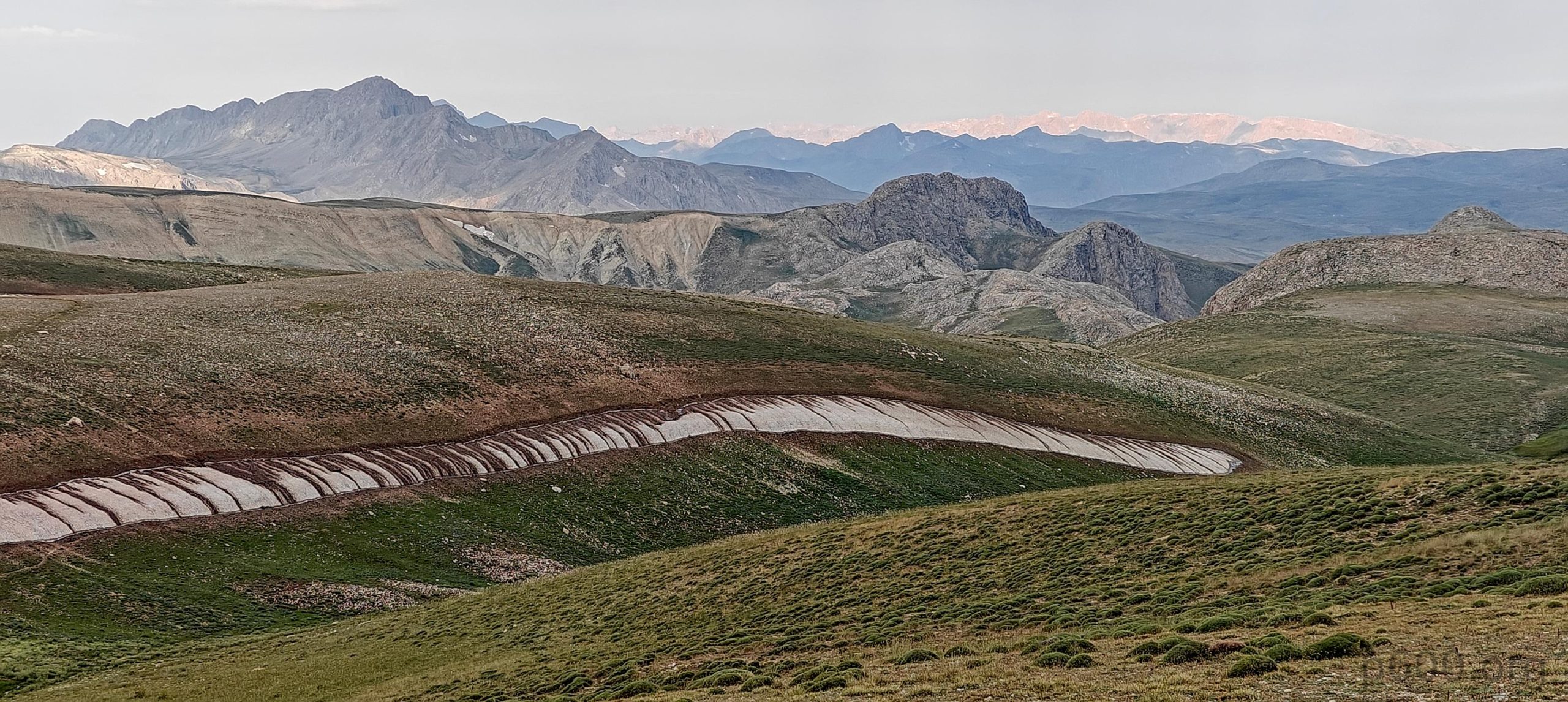
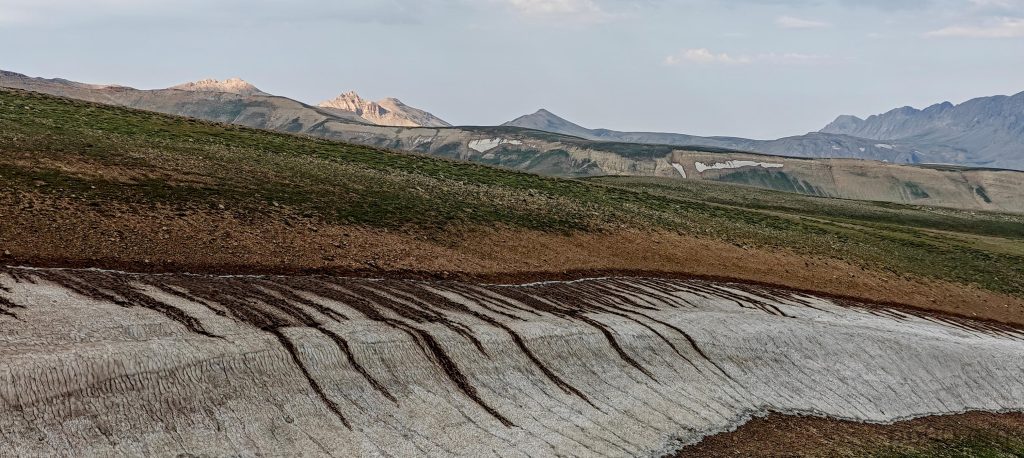

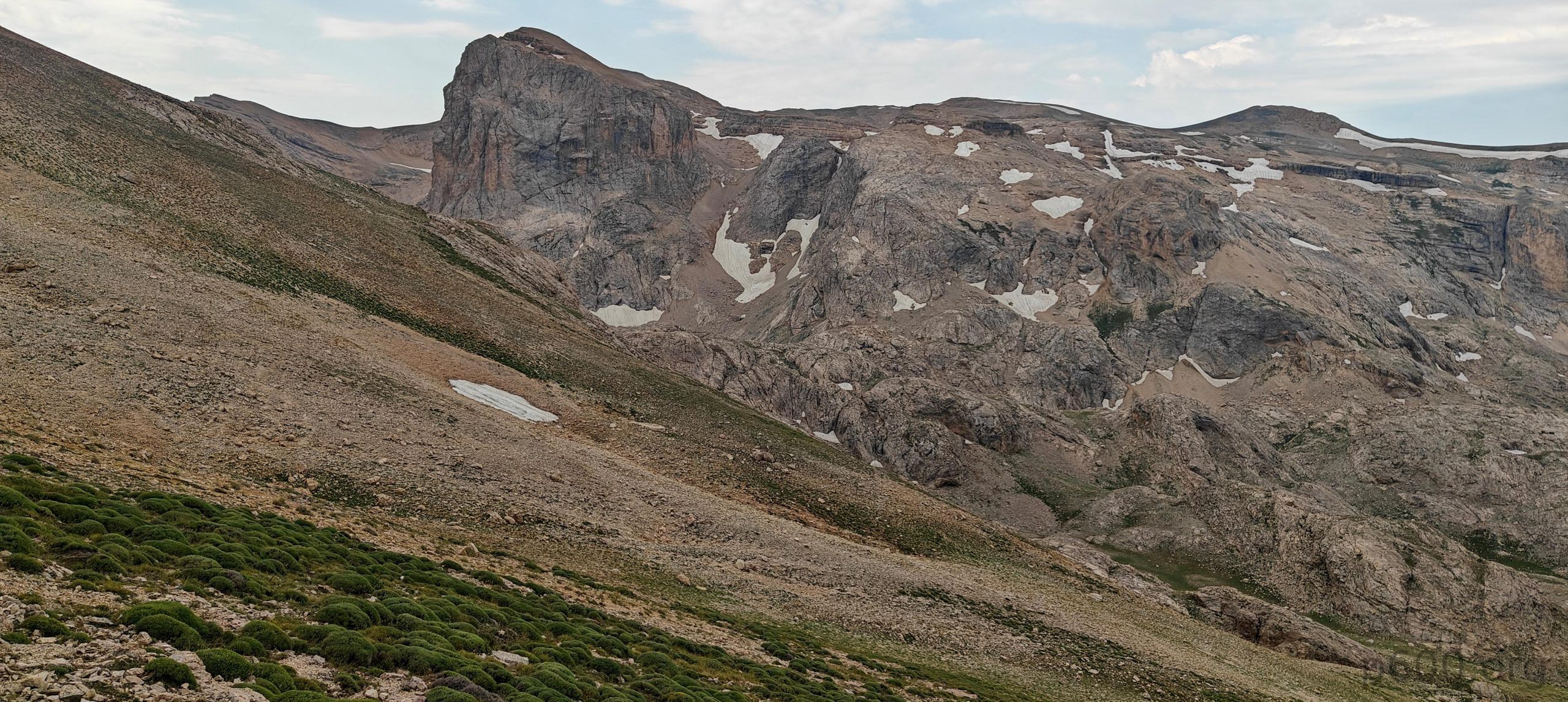

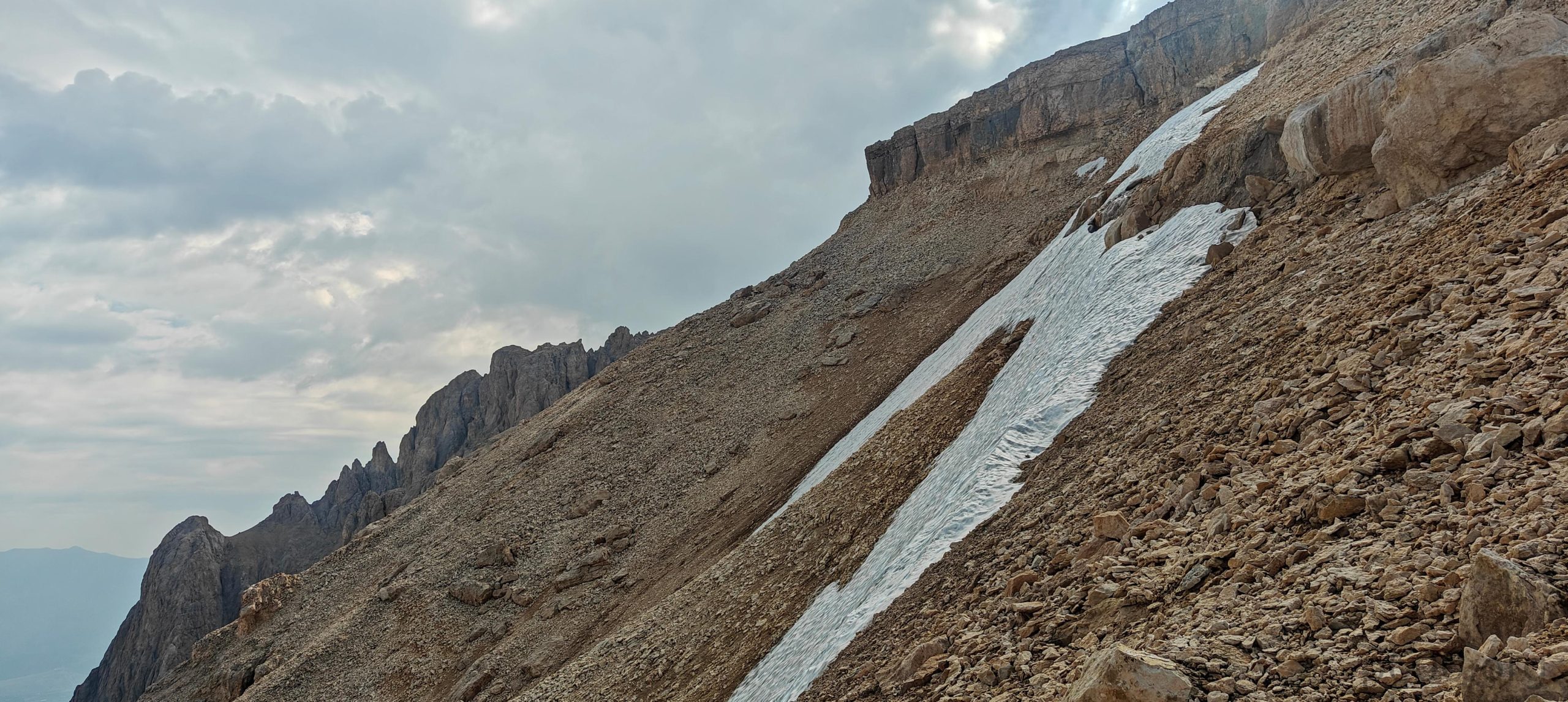

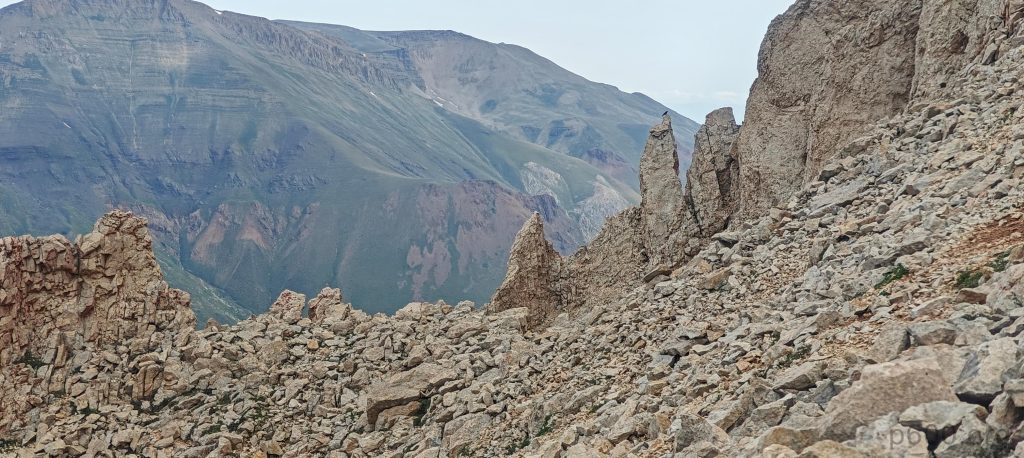
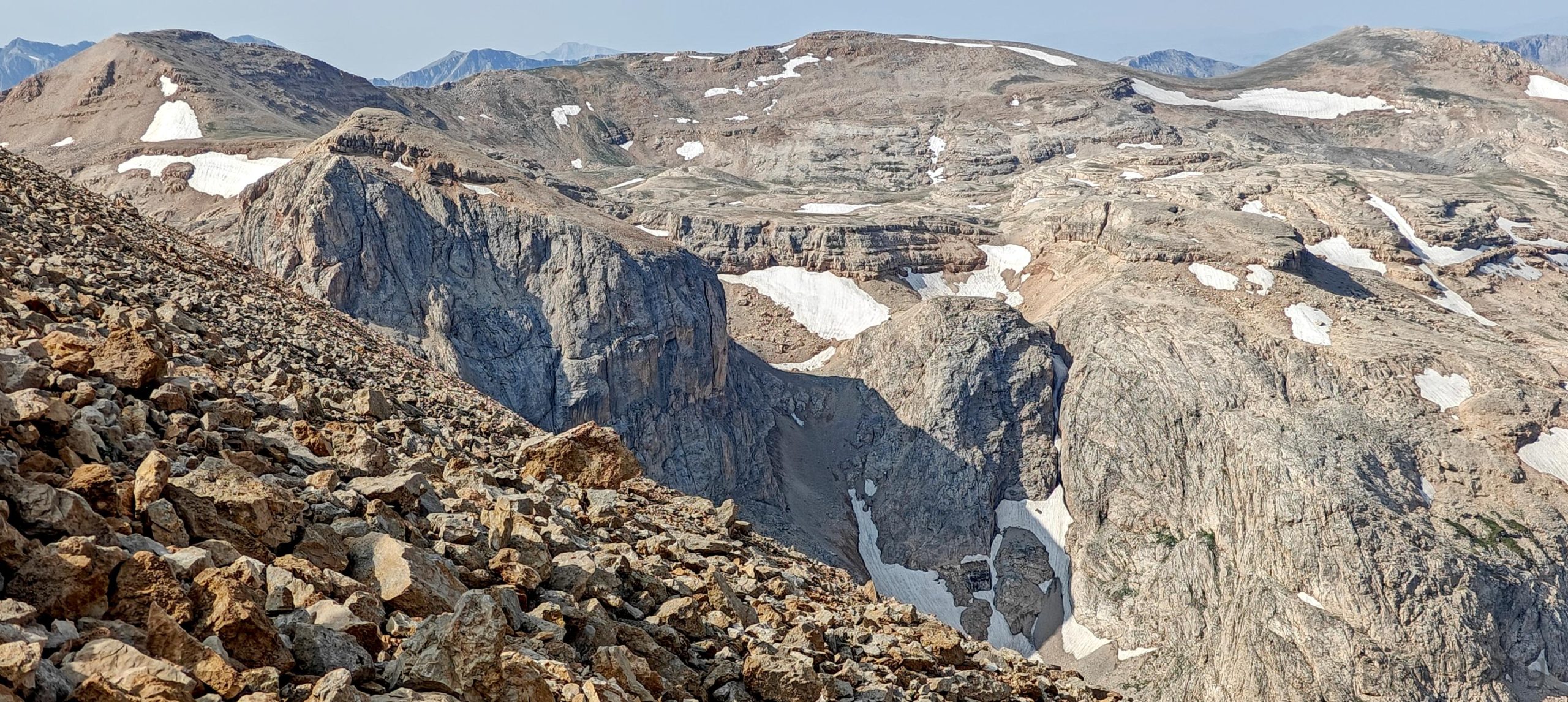
The steep scree section is tough, especially if the barely visible trail is ignored. We each choose our own path. Steven and I move to the left, scrambling rocks, which look more stable and appealing than the loose scree. This section is not very long, maybe a couple of hundred vertical meters. Once we climb to the edge of the summit plateau, it becomes an easy walk again.
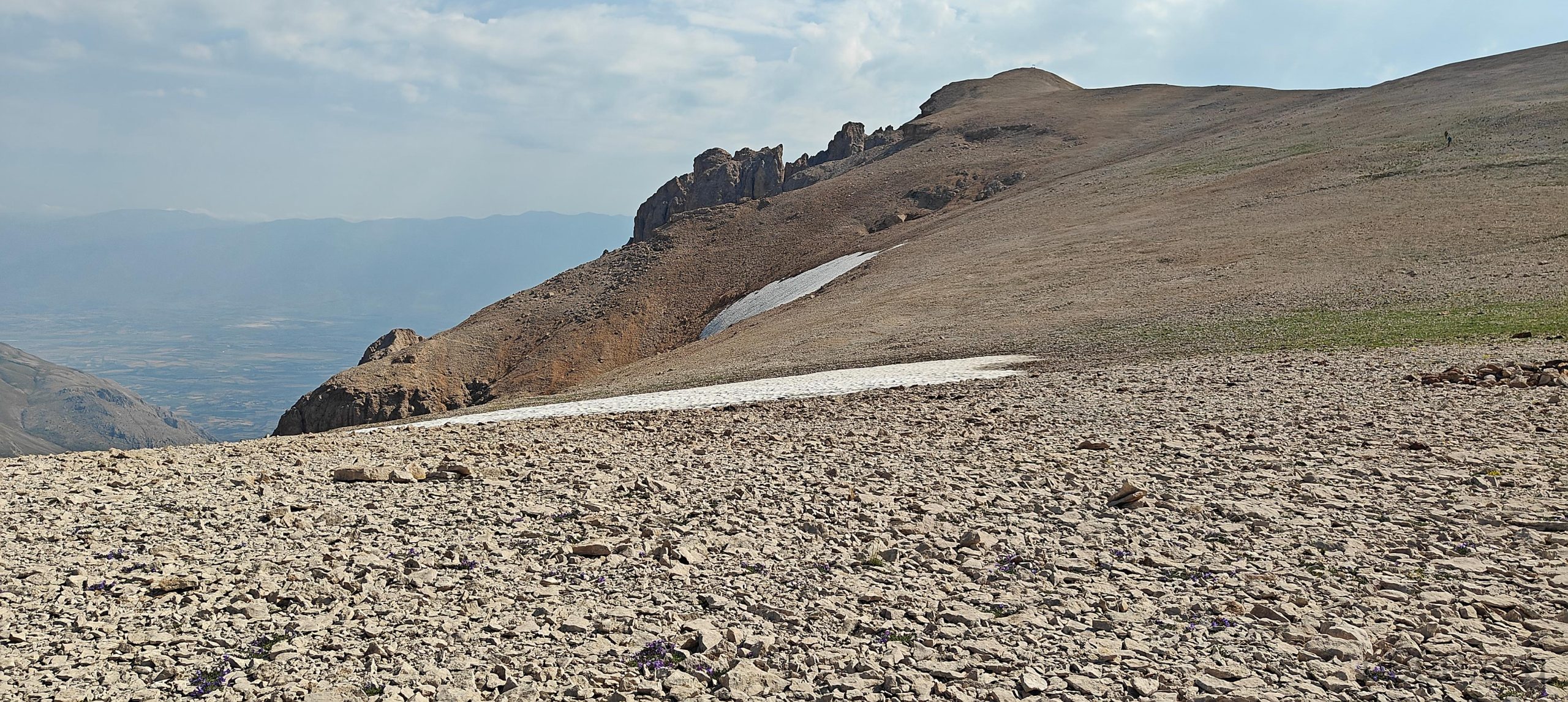
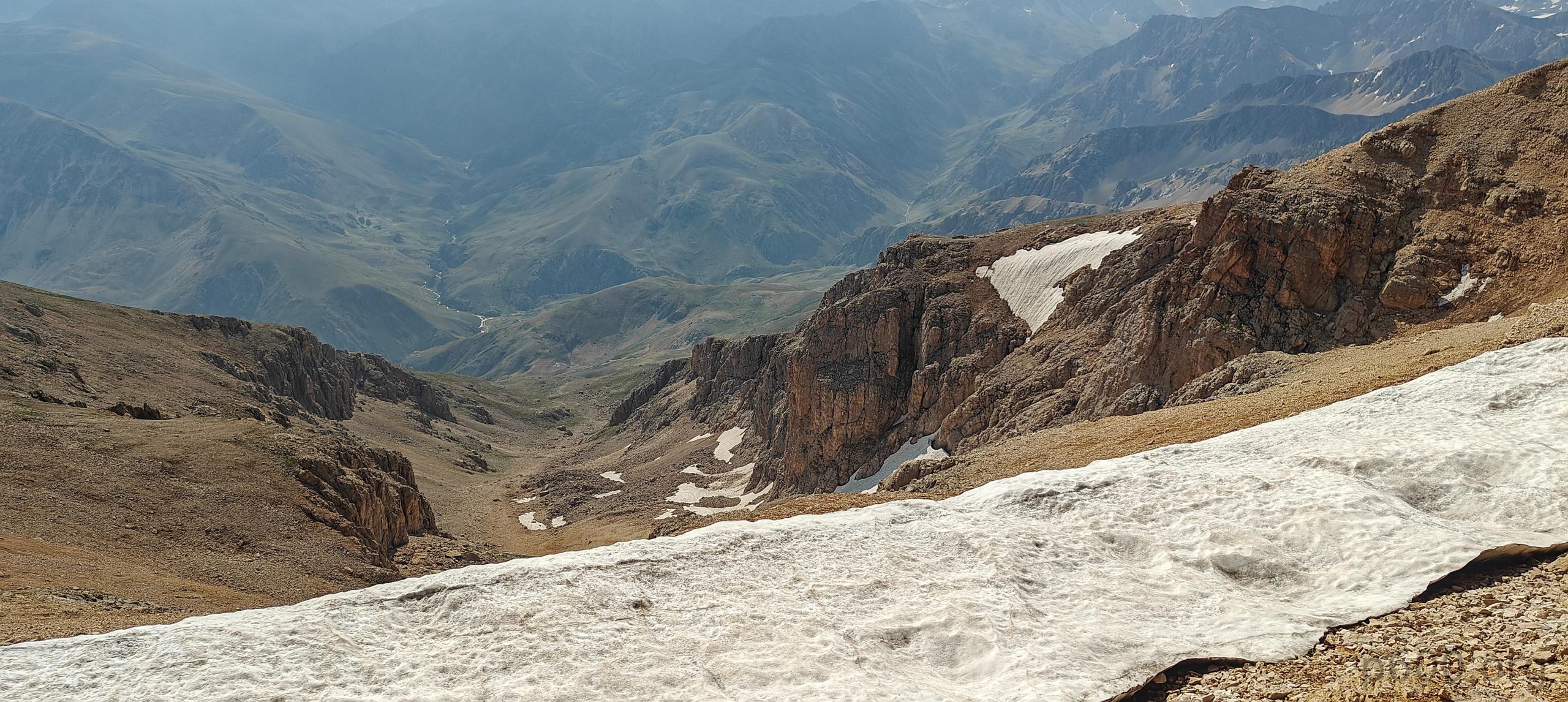
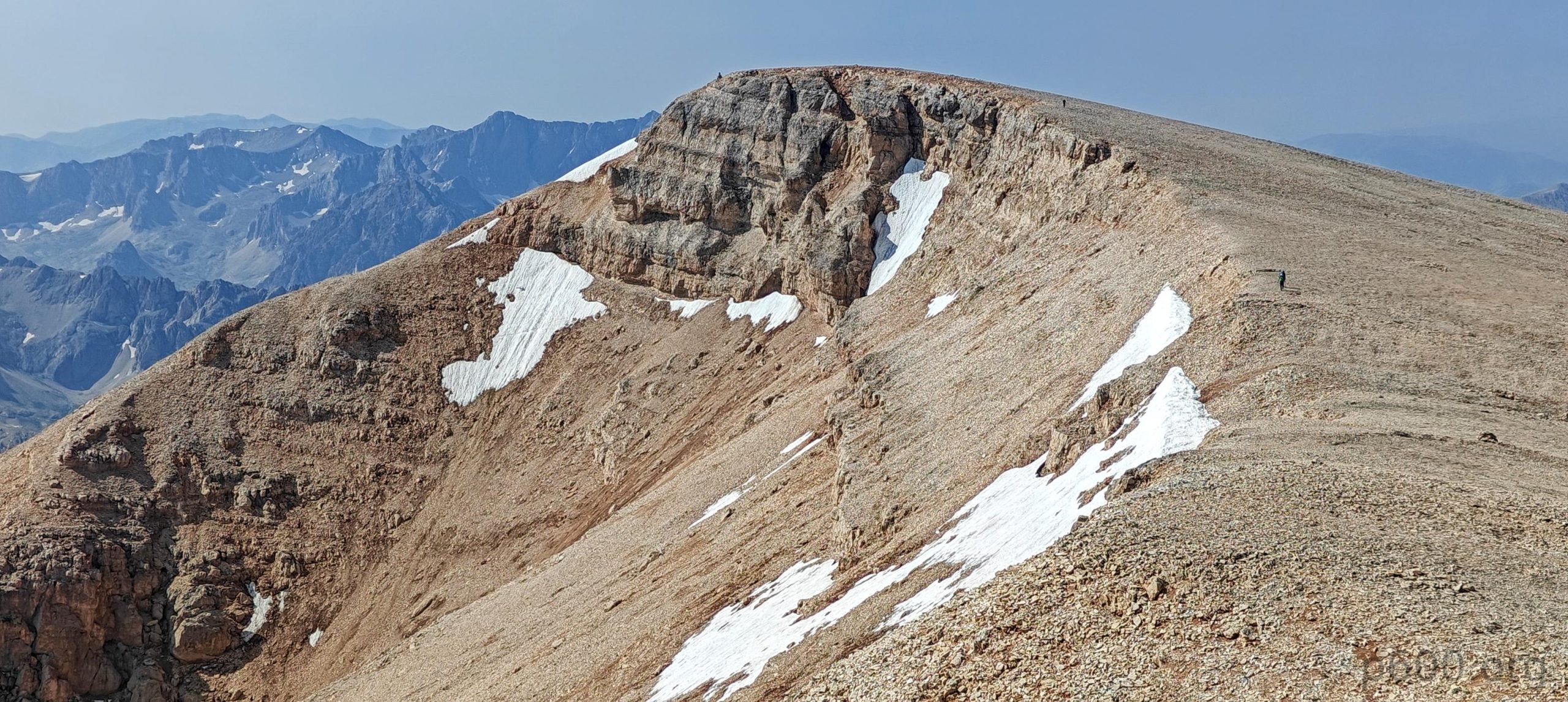
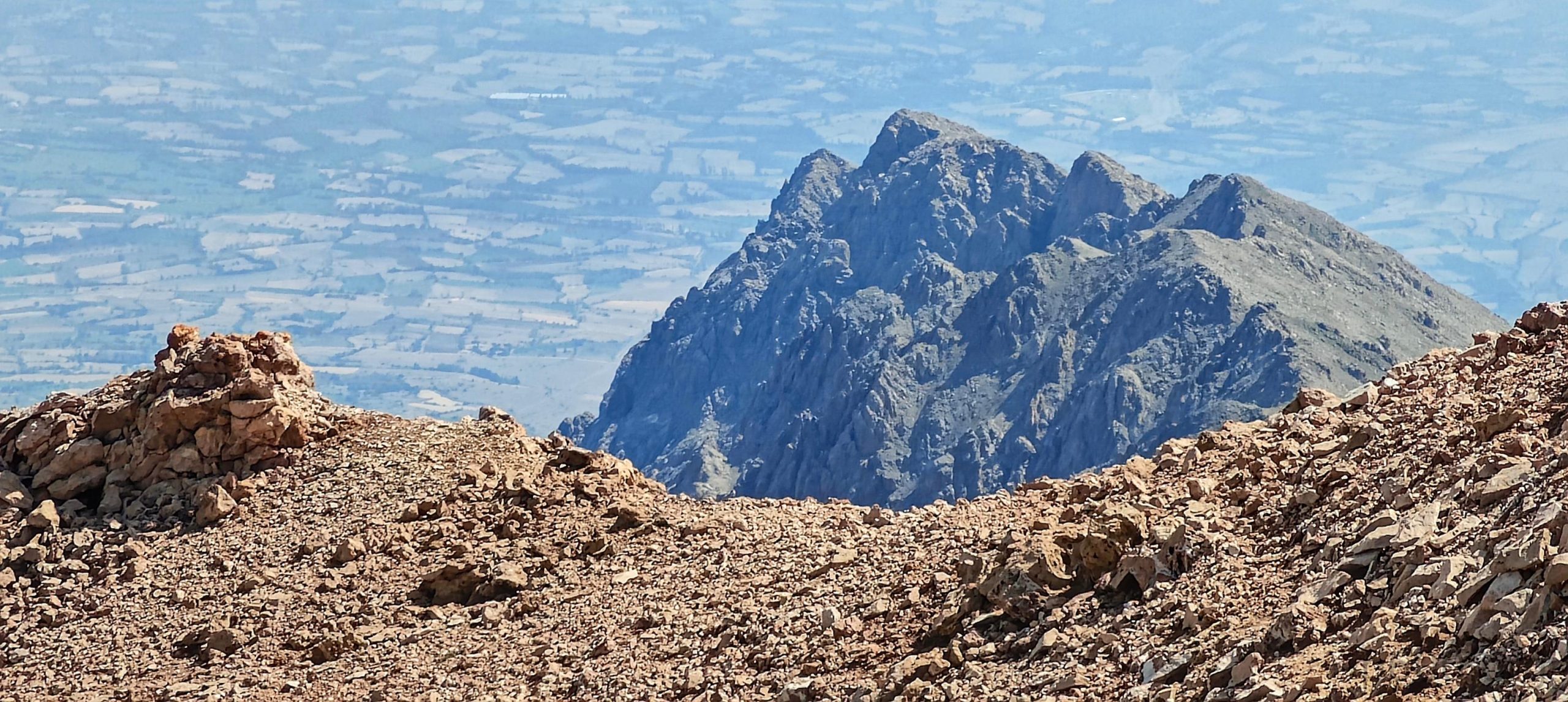

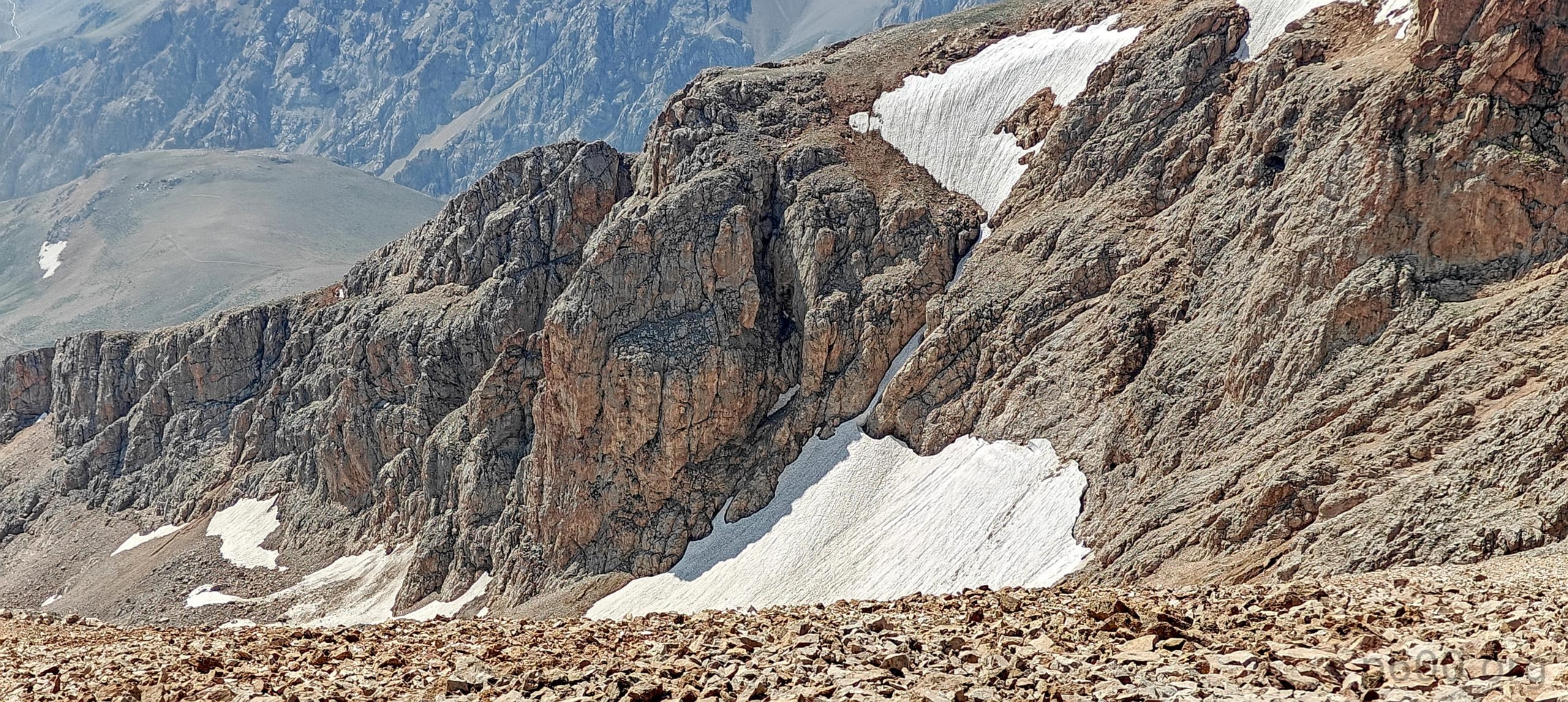
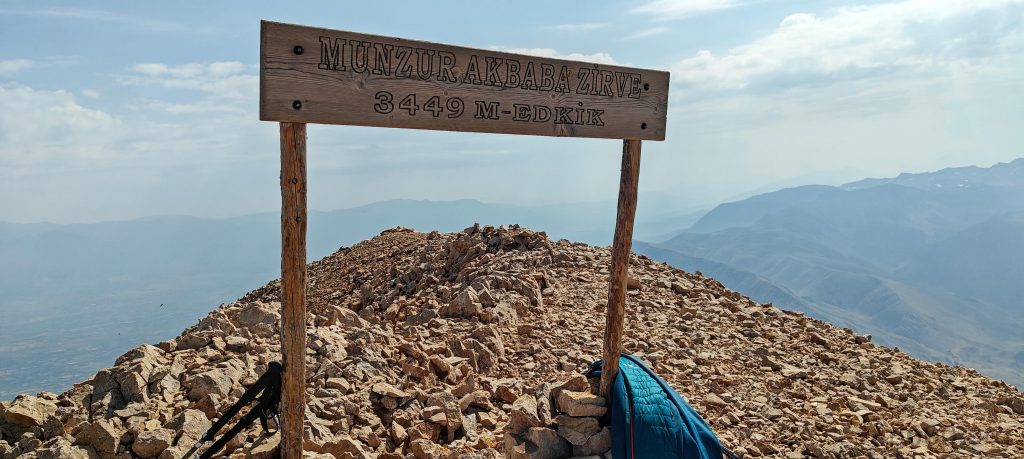
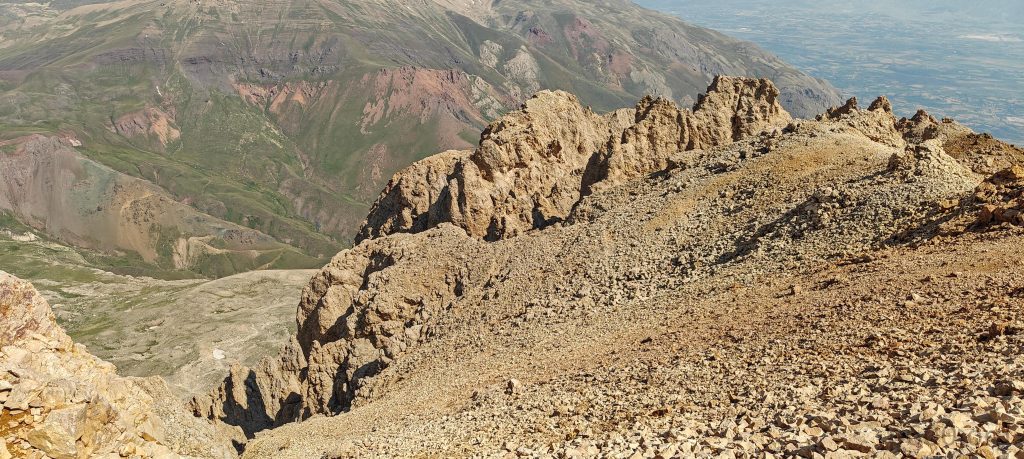

Ten more minutes, and we reach the highest point at the end of the plateau. Rob, Dave, and Steve visit the slightly lower south peak first. The views are nice, the cliffs interesting, and the smaller nearby peaks look great. The summit is marked with a wooden plate, but the name on it is slightly different. We spend a quarter-hour at the summit and then start our descent. I detour to the lower south summit and catch up with everyone at the edge of the plateau. The descent on loose scree is annoying but not hard, and we get back to the car at a fast pace, catching a few drops of rain.
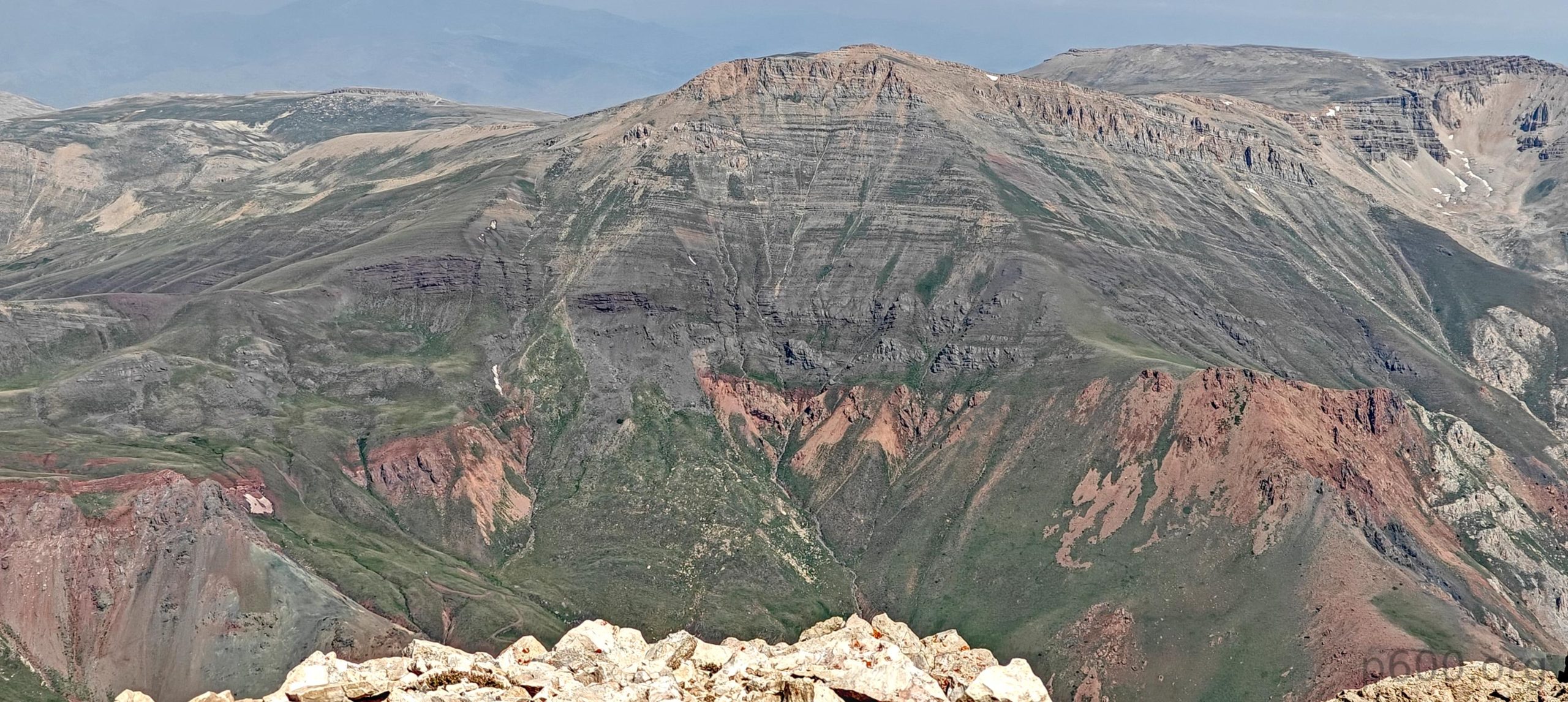
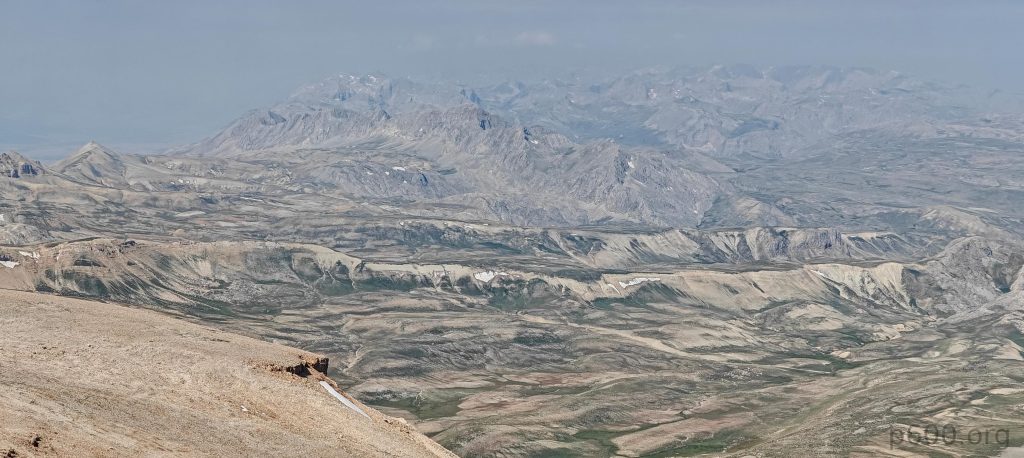
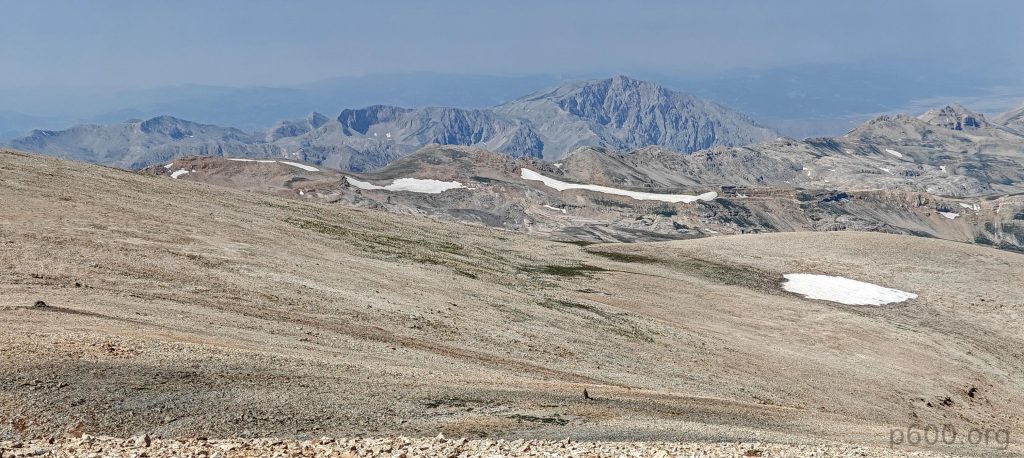


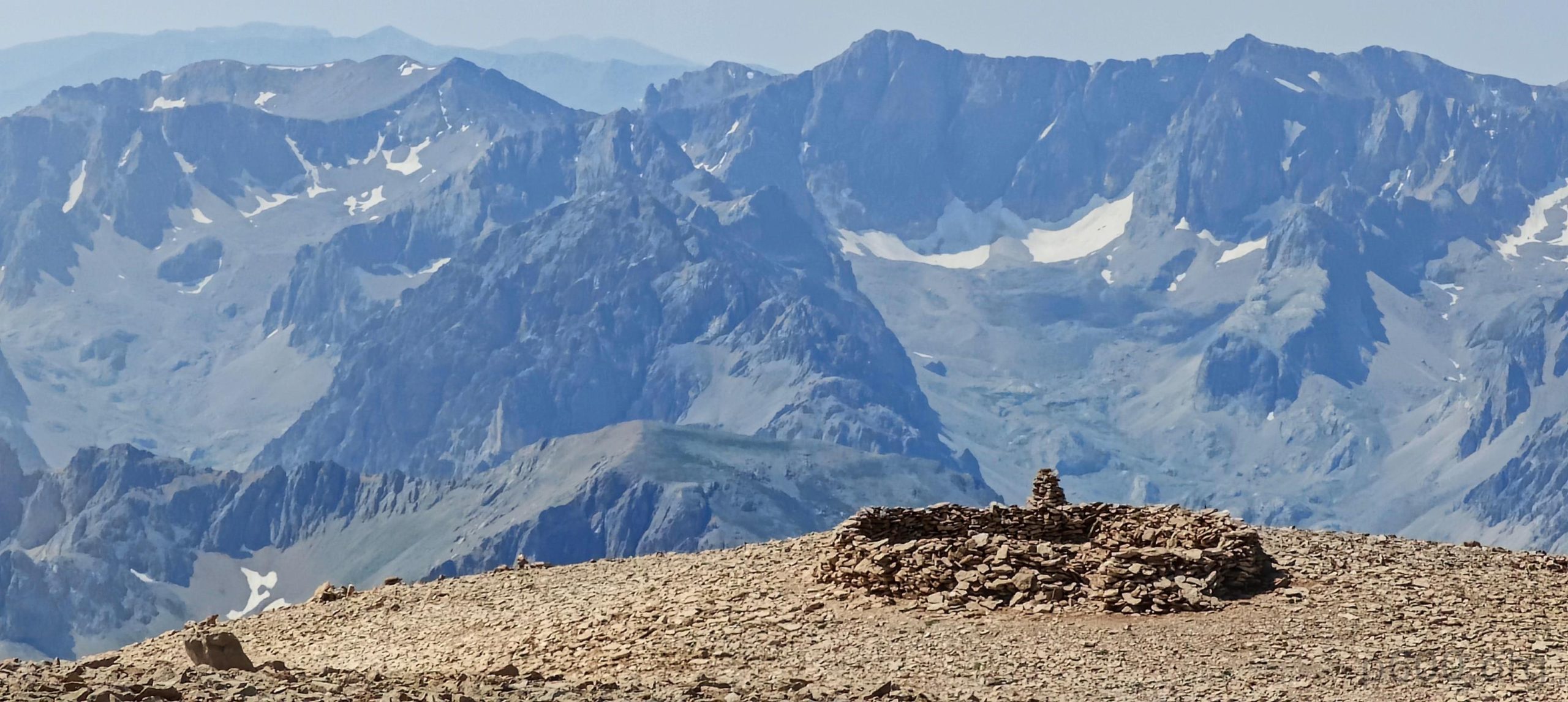

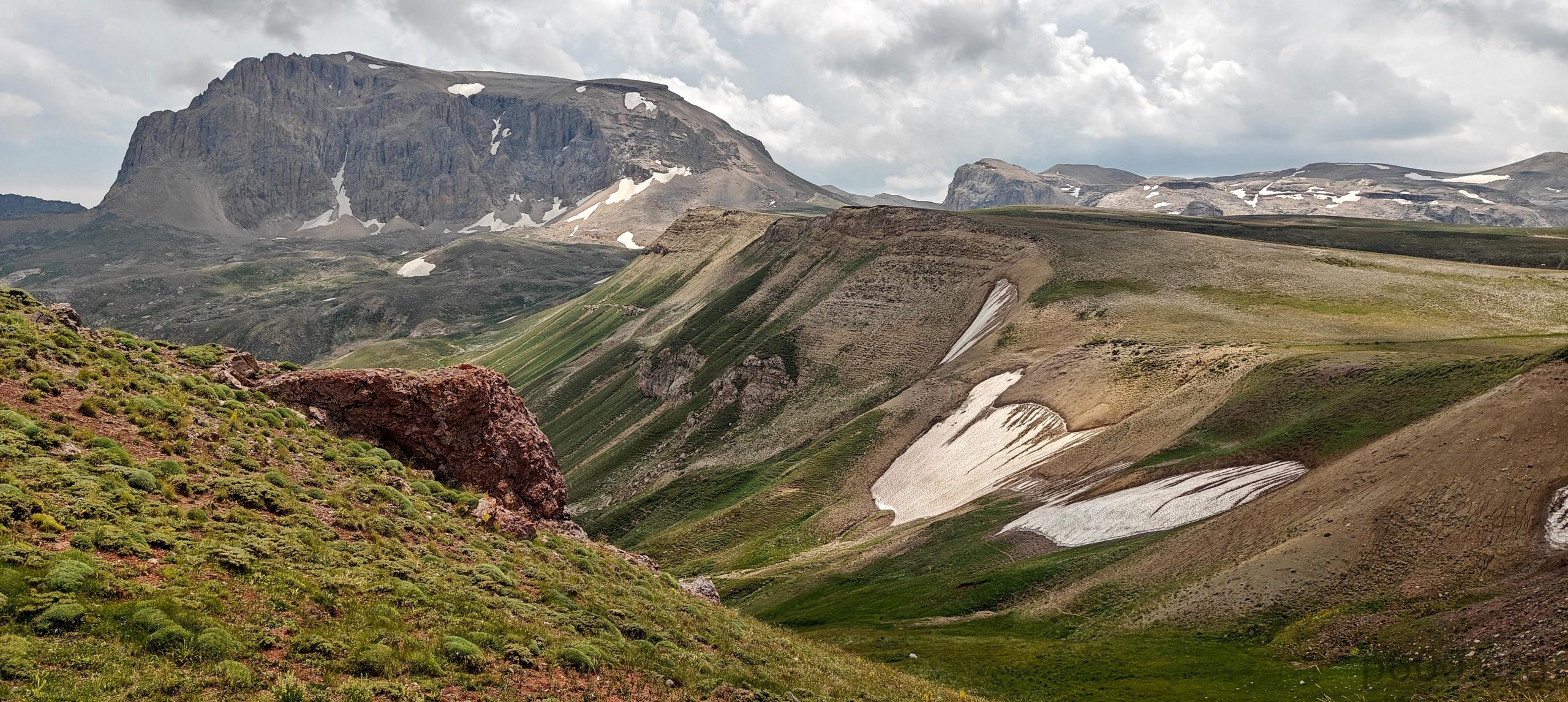
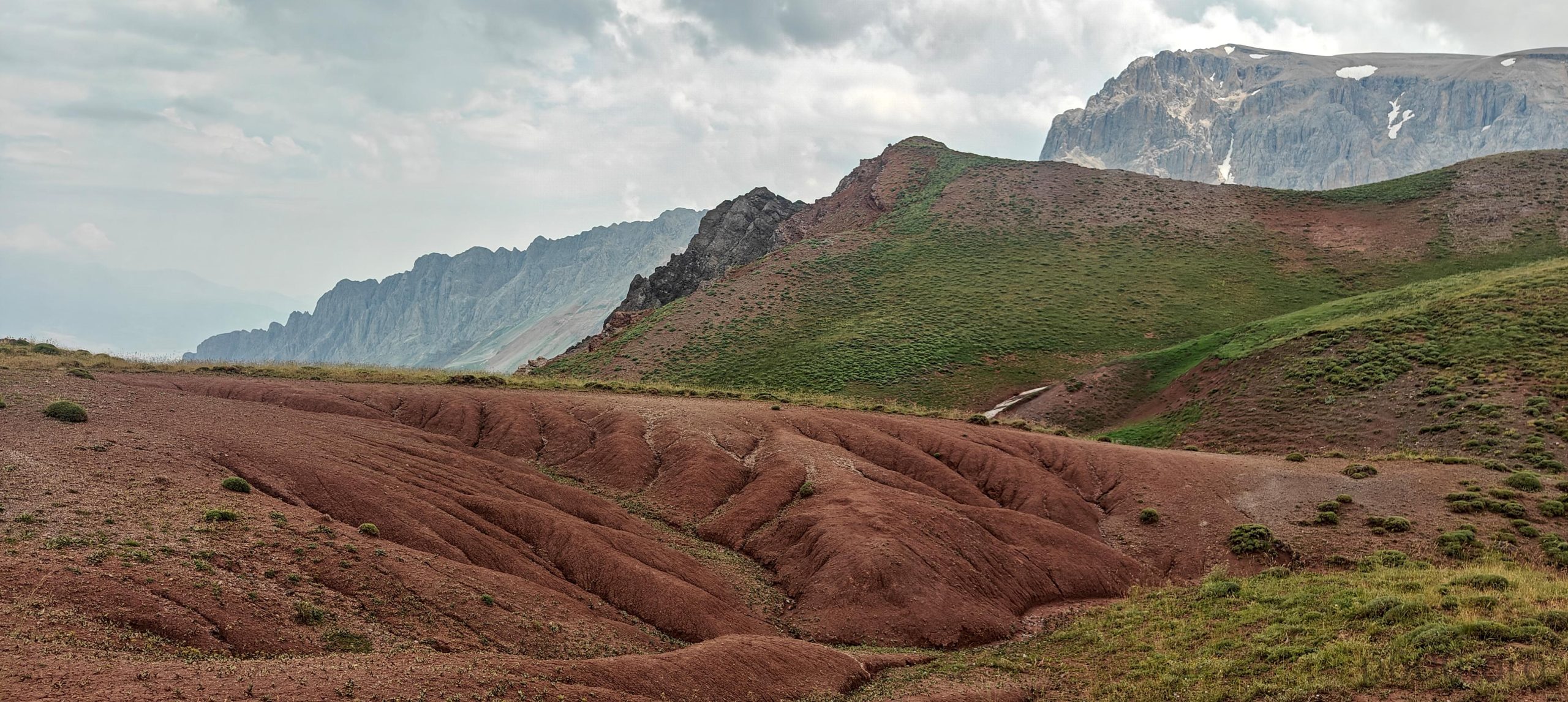

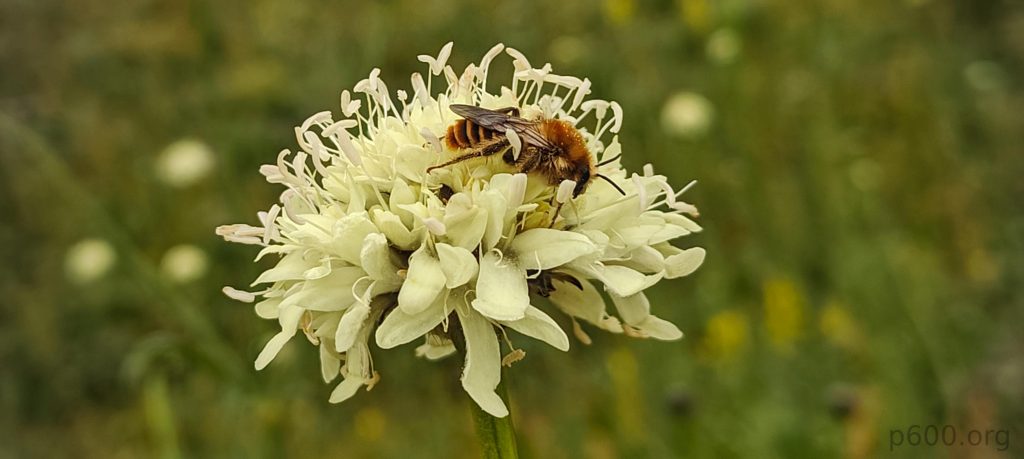

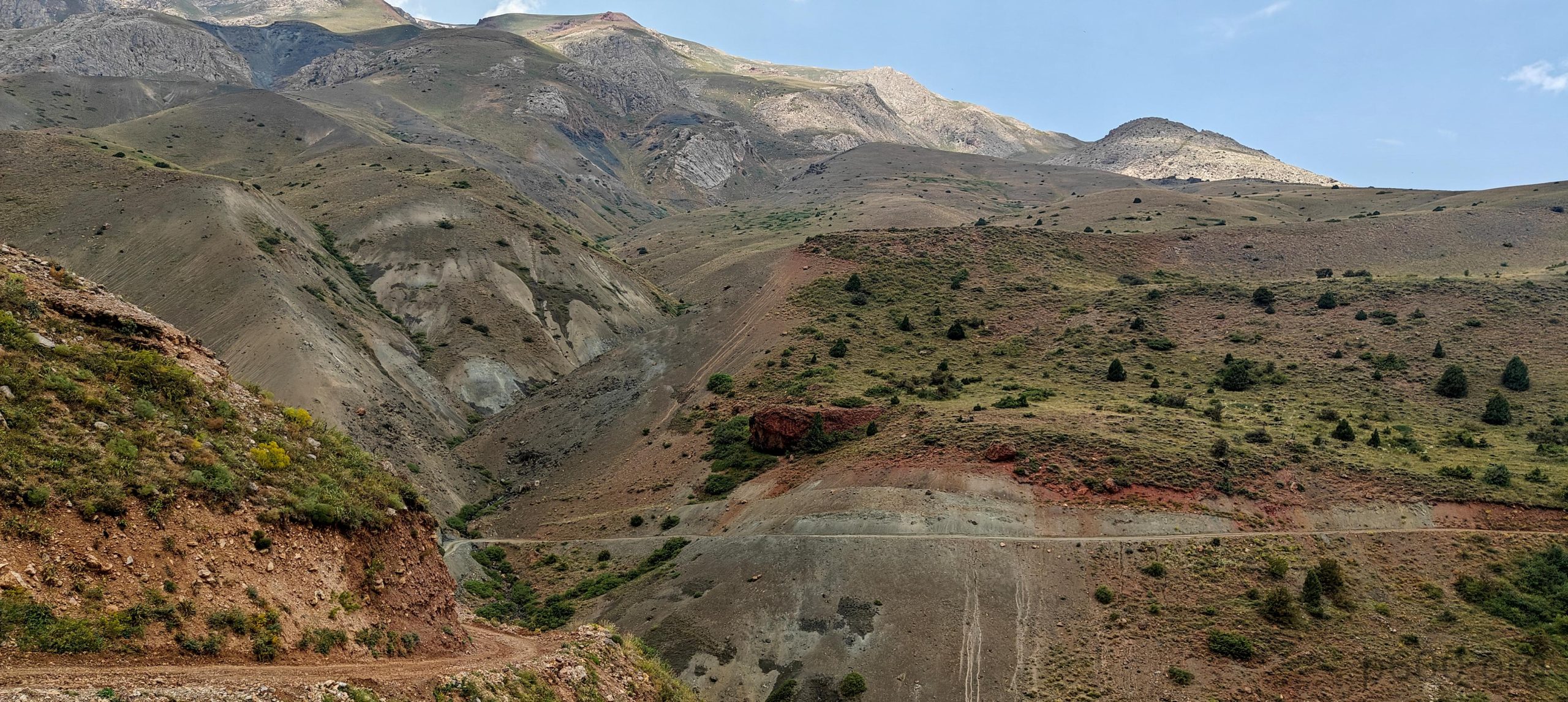

What a great day and beautiful valley with an interesting short hike. Not so long ago, this valley and a few nearby areas were closed to the public due to terrorism risks. While walking down, we agree with Sabri to drive us tomorrow morning to the base of Kesis Dağı, another ultra-prominent peak before our afternoon flight home from Erzincan to Istanbul. A superb bonus to the bonus. Here we say goodbye to Rob, who already climbed Kesis Dağı a few years ago and is now driving towards Gaziantep for a few Ribu hikes. I’ll meet him again in Gaziantep in a few days.
Steven’s account of our hike can be found here
